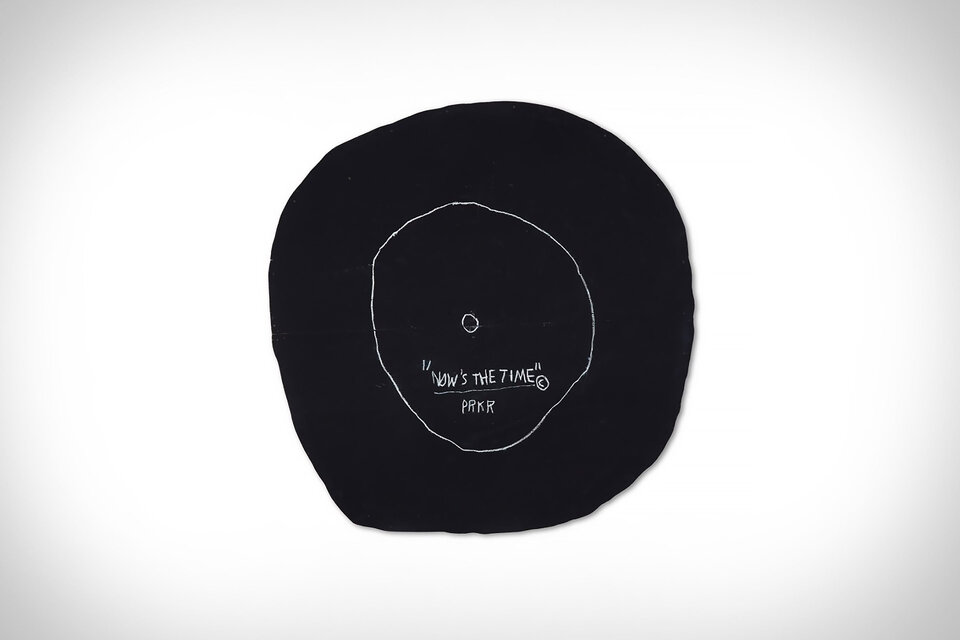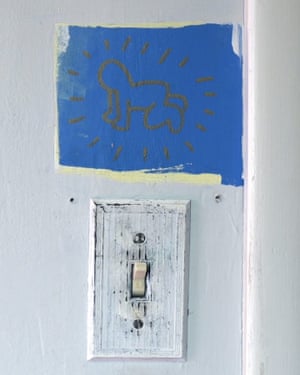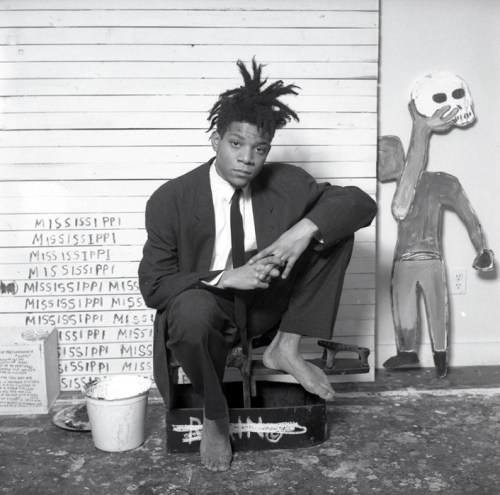
If you’re lucky, you got to see the the Keith Haring show, “Art is for Everybody” at the AGO and elsewhere. I did, and it was a good sampling of the artist and his life. A sampling, but not the entire picture.
If you’re like me, you might want to follow up that show with a new book on Haring by Brad Gooch called ‘Radiant: The Life and Line of Keith Haring’. The New York Times has a rather straightforward review of it at that link.
On the other hand, you may have made the mistake of reading this piece in the New Yorker: Keith Haring, the Boy Who Cried Art. It starts off well, talking about the performance aspect of Haring and the way he painted:
To go on YouTube and watch Haring perform is weirdly gripping
As you continue to reading it, though, you get a sense that the writer does not like anything about Haring. For example:
He rarely touched oils, possibly because they looked too organic—he was after something hard and artificial, as well as something that dried quickly. The paintings had a small vocabulary of simple shapes (dollar bills, hearts, globes, crawling babies), applied to the picture plane with no great attention to exact placement or color, like a baker applying sprinkles to a birthday cake. Somehow, bright, rough cartoons had become “his,” so that anybody who dared paint the same was ripping off the Haring brand. There is a sharp, slightly nauseating sort of glee in watching him get away with this, reminiscent of the scene from “Mad Men” in which Don Draper decides that a tobacco company’s new slogan will be “It’s toasted.” Everyone’s tobacco is toasted, but no one else has bothered to plant a flag.
The bold parts are mine. You can see the bias coming to the fore.
He goes on:
It is true, though trivially, that he made it big because he got lucky: lucky with his location, luckier with his timing, and luckiest with his skin color.
I guess he did get lucky. You know who else who got “lucky” at that time? Basquiat. Different skin color though. Also both men worked tirelessly at their art, and while no doubt luck played a part, their creativity and effort and hustle to be successful played a much bigger part in my opinion. Their good luck was the residue of their hard work.
One of the odd things about the piece is how it doesn’t seem to process how radical Haring’s representation of his sexuality was in the 80s. For instance this paragraph implies it was no big deal:
Art for everybody isn’t for everybody, I suppose, but when Haring tries something less obvious, his shortcomings become more so. An untitled canvas from 1985, teeming with cocks and flames and grinning beasts, is wonderfully self-assured in its intimations of shameless desire—we seem to be looking at a version of Hell, but, if so, then who needs Heaven?
And this paragraph, which equates his work with advertising:
Haring’s style feels—is—the same whether enlisted in the cause of act up or his own bank account, of fighting racism or promoting the Pop Shop. What his images advertised was always changing, but they only ever spoke in advertising’s metallic chirp.
Well that’s one way of looking at him, I guess. You’d think Pop Art never happened, of that gay artists had been accepted forever.
To me, Haring co opted advertising forms like billboards and subway ads with images that superficially looked cartoonish but contained representations that were radical and subversive. He changed our culture for the better. That we no longer see his work as radical is a credit to him and others that pushed for these changes.
Back thrn, critics would often minimize their importance. (Time’s Robert Hughes called them“Keith Boring” and “Jean-Michel Basketcase”.) Now I am seeing critics downplaying their work again. That’s too bad. You might not like the work of Haring. You might see the limits of him as an artist. But you can’t say he wasn’t great, and I don’t think you can say he isn’t great now.








